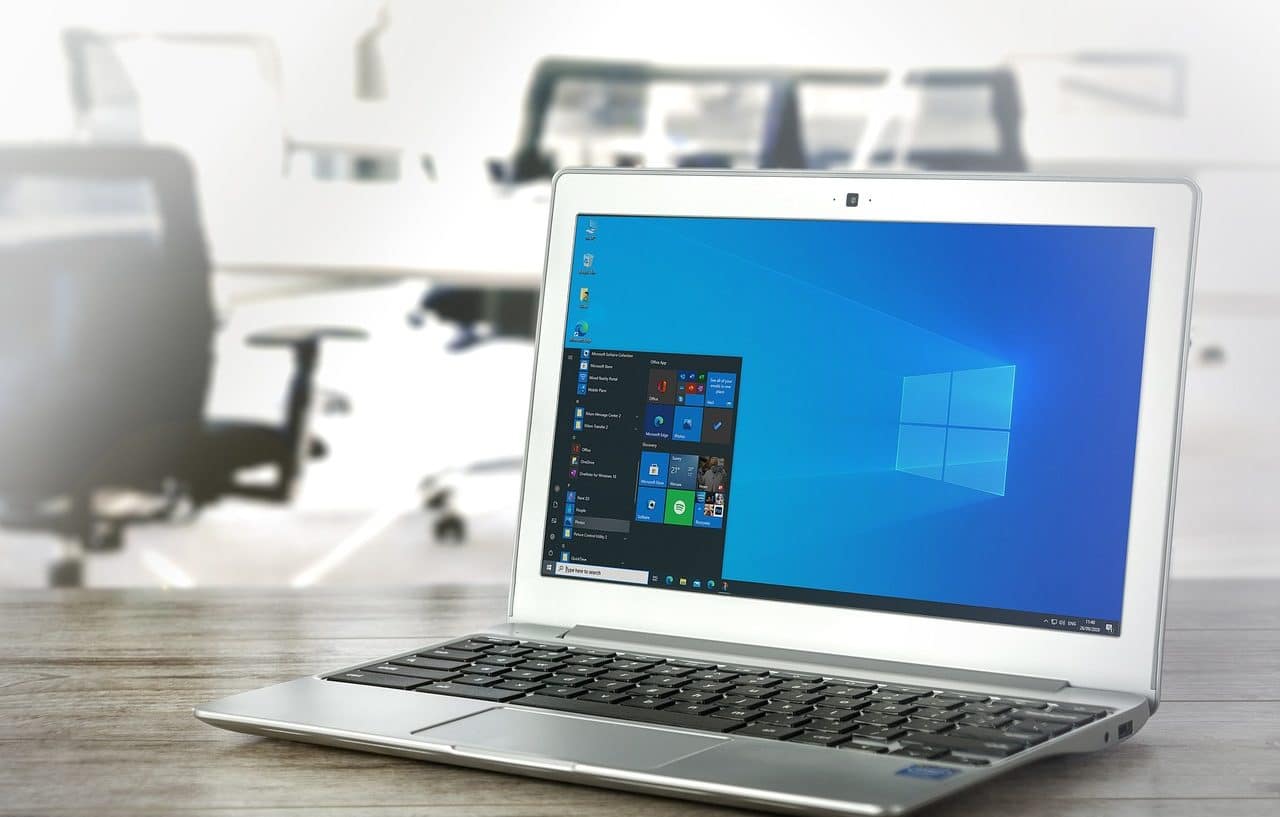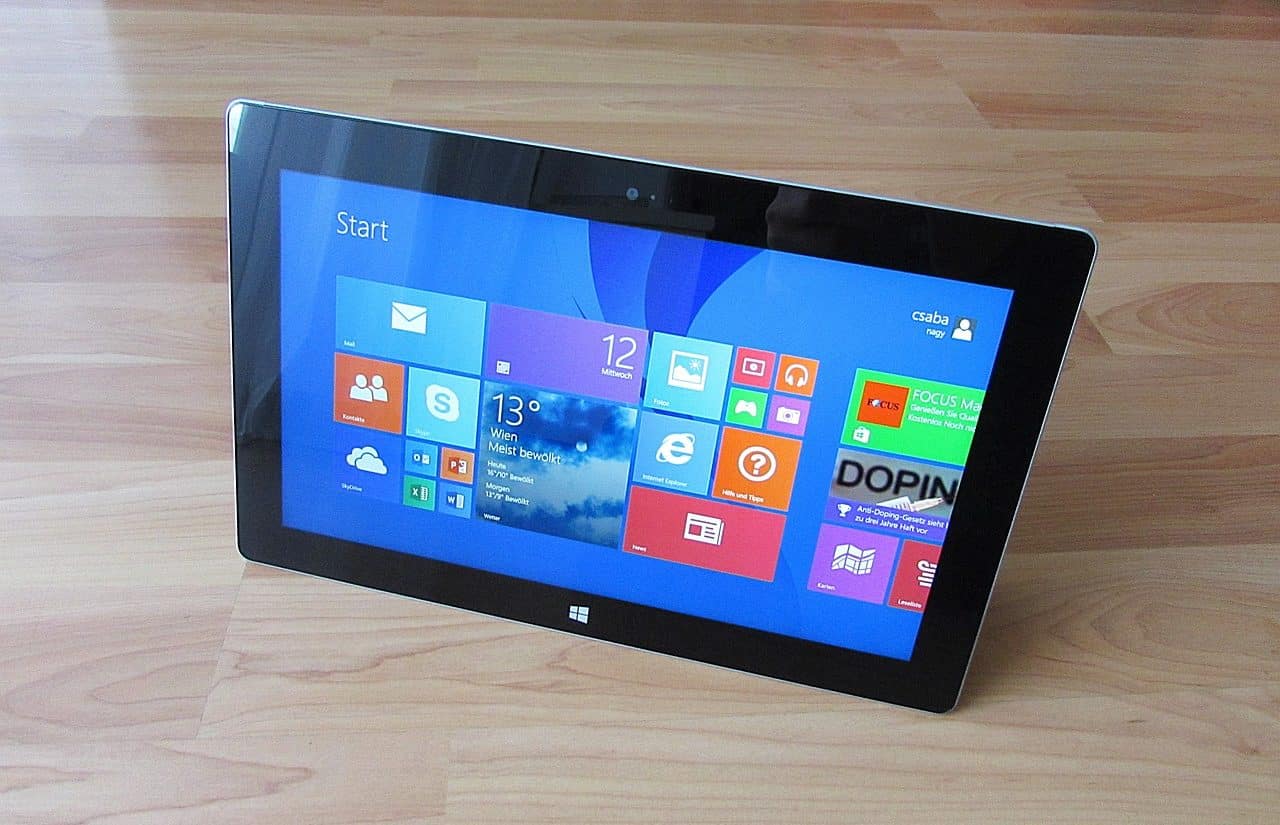
The start menu displays the options available to users of a system.
The start menu is the list of options that the user finds on their computer screen to start working. Before entering fully into establishing the meaning of the concept, we are going to undertake what would be the discovery of the etymological origin of the two main words that give it shape:
- Menu emanates from French. In the 18th century , within the gastronomic field, this word began to be used, which, in turn, came from the Latin minutus , which is synonymous with "small."
- Home , for its part, has its origin in the Latin word initium , which can be translated as "beginning" and is made up of two clearly delimited parts: the prefix in- , which is used to indicate "penetration or entry" , and the verb ire , which is equivalent to "go" .
Start menu concept
The notion of menu can refer to various issues. It can be the set of dishes that constitute a meal; the menu where the meals are indicated; fixed price meal offered in a restaurant or hotel; or, in computing , the list of options displayed on a computer screen.
Beginning , on the other hand, is the beginning, beginning, root or origin of something. The term is used both in a physical and concrete sense (like the first page of a magazine) and in a symbolic sense (the beginning of a new life).

The start menu makes it easy to use digital tools.
Its use in Windows
The start menu, like the taskbar or toolbar , is part of the graphical interface of some computer programs. The latest versions of the Microsoft Windows operating system include a start menu that allows you to access programs and documents on your computer.
However, it should be noted that some versions of the Windows operating system lacked the aforementioned start menu. A situation that has not been liked by a large part of the users, as they found it a very useful tool to navigate through the different applications on the computer. For this reason, it was later included again.
Specifically, the user finds in that menu both the set of applications they use most and direct access to spaces such as their documents, images or music folder. All of this without forgetting that from it you can go to the control panel, the specific computer or even the buttons that allow you to turn off, restart, suspend or hibernate your computer.
Typically, the user can customize the list present in the start menu . In this way, each person can choose to display only the programs they use most frequently, the documents they recently opened and a file search engine, for example. It should be noted, however, that the start menu collects shortcuts to reach applications that can also be found through other paths.
